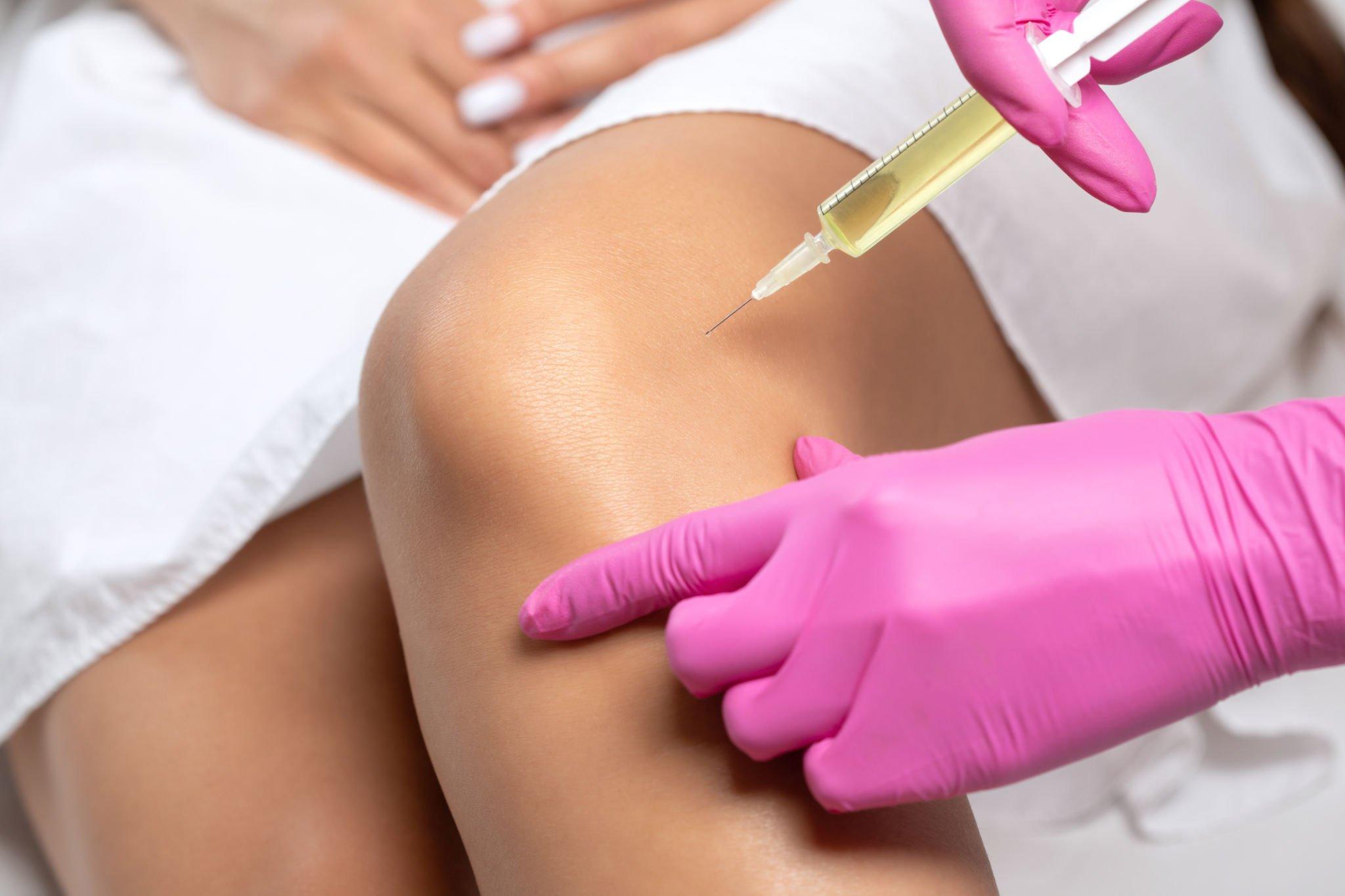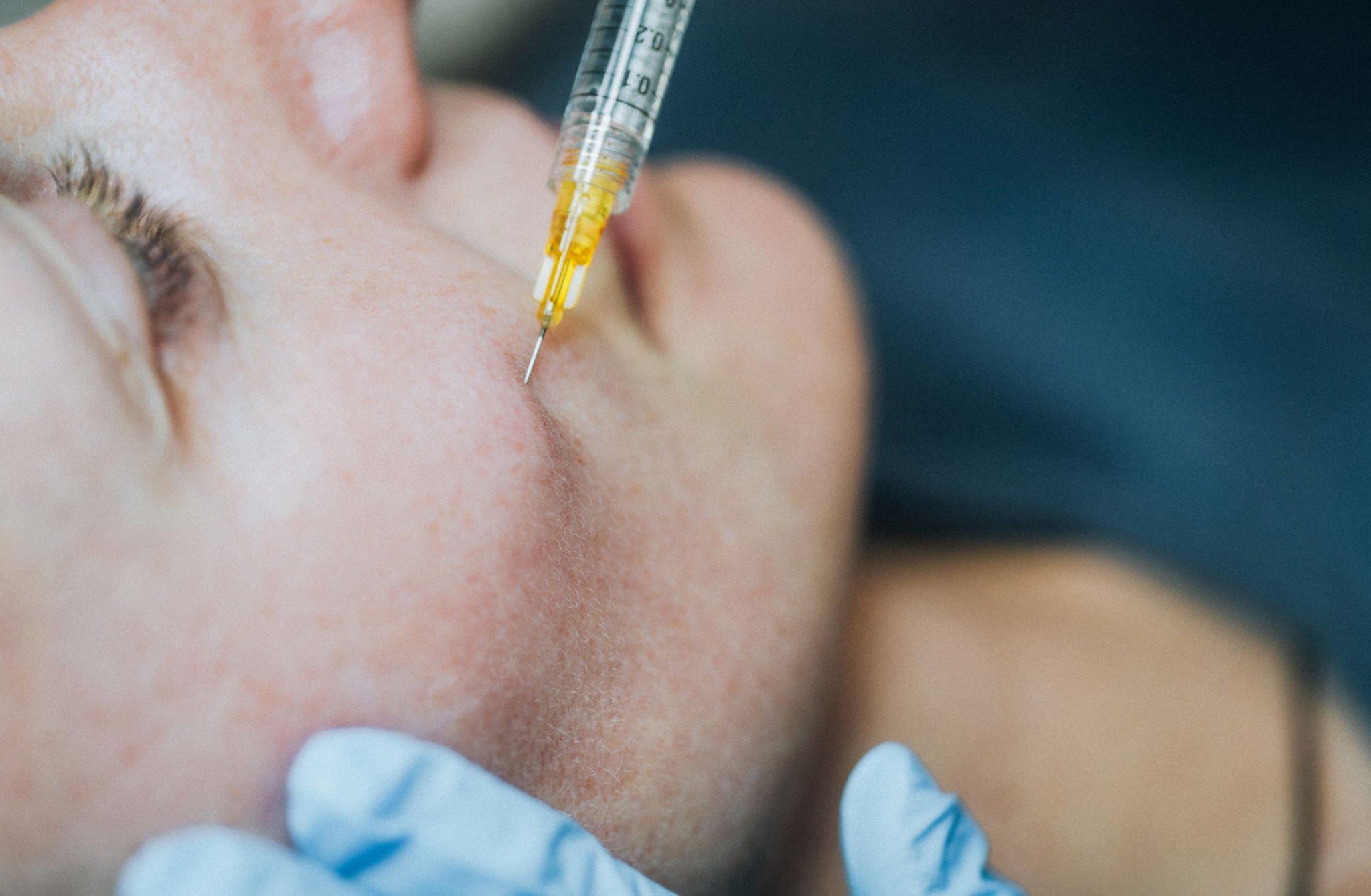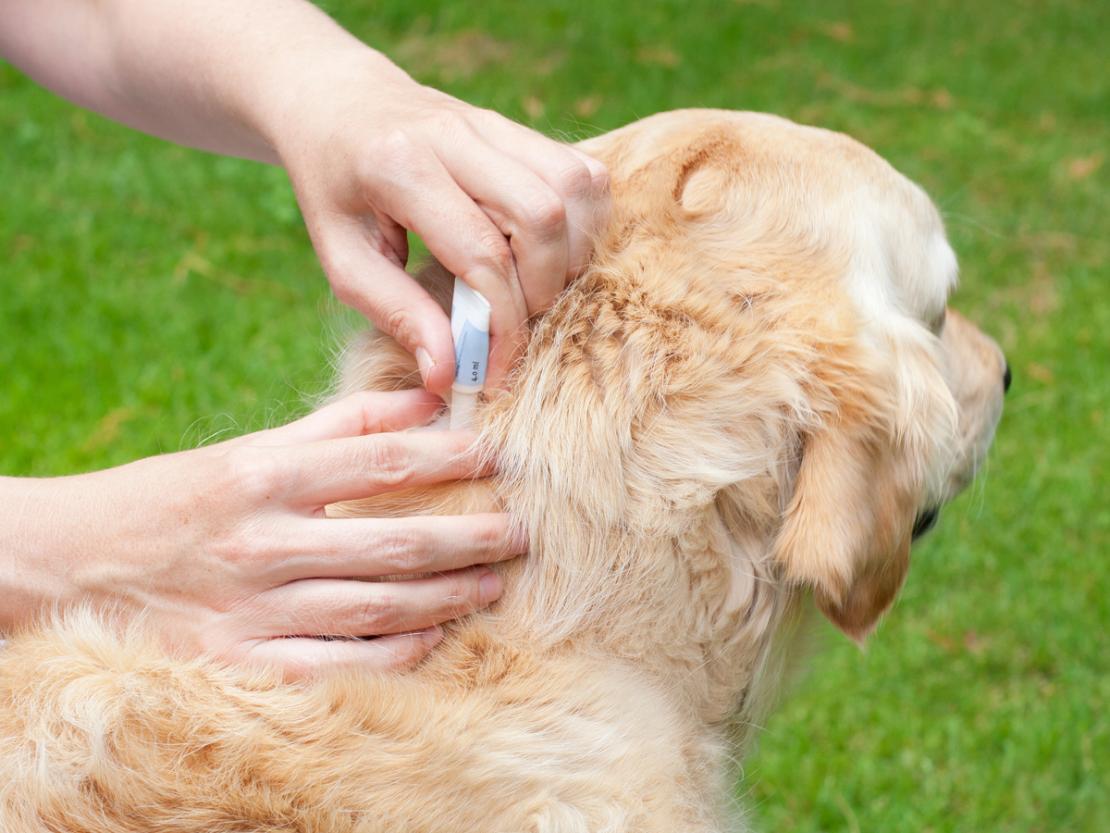In Peyronie’s disease (PD), fibrous plaques get formed within the tunica albuginea of the penis, which leads to penile curvature, pain and erectile dysfunction.
Development in the medical field has evolved, making it possible to treat PD using oral medications, surgery, and non-surgical intervention.

PRP or Platelet-Rich Plasma injections are innovative non-surgical ways of PD management.
Platelet-Rich Plasma (PRP) – Overview
PRP is derived from the patient’s blood. The collected biological product contains a concentrated amount of platelets, growth factors, and bioactive molecules necessary for tissue repair and regeneration.
Anticoagulants, PRP tubes, and Centrifugation devices are the three main components used in the process of extracting PRP concentration from a patient’s blood:
· Anticoagulant
Anticoagulant prevents the blood from clotting during the centrifugation process. Sodium citrate, Acid citrate dextrose (ACD), and Heparin are common anticoagulants used today.
· PRP tube
The PRP tube is specially designed to separate the different components of the blood during centrifugation.
The tube usually contains a gel or a separator that isolates the PRP layer from the red blood cells (RBCs) and plasma.
[Ensure to buy PRP tubes from reliable and experienced healthcare companies like Plasmolifting World for best results]
· Centrifugation device
The centrifugation device separates the different components of the blood. The machine spins the PRP tube at high speeds, causing the other blood members to divide based on their density.
The PRP concentration is obtained from the middle layer of the tube, between the RBCs and the plasma.
In addition to these three main components, other components may be employed in the PRP preparation process, depending on the specific method used.
In the context of PD, PRP injections are proposed to control the tissue repair process, reduce inflammation, and promote the makeover of fibrous plaques, potentially leading to symptom improvement.

Safety of PRP Injections for Peyronie’s Disease Treatment:
1. Autologous Nature
Allogeneic products carry the risk of disease transmission or immunogenic reactions.
Fortunately, PRP is obtained from the patient’s blood, so the likelihood of infection is generally zero.
2. Minimal Side Effects
PRP injections are well-tolerated. Some people experience mild and temporary side effects such as local pain, bruising, or swelling at the injection site.
3. Low Infection Risk
The preparation of PRP concentration is performed under controlled and sterile conditions, so the risk of infection is curtailed.
4. Absence of Systemic Effects
PRP injections are localized treatments, reducing the likelihood of systemic side effects that might be associated with systemic medications.
Feasibility of PRP Injections for Peyronie’s Disease Treatment:
1. Outpatient Procedure
PD patients can choose an outpatient clinical setting for PRP injections. There is no need for hospitalization.
2. Non-Invasive
Unlike invasive procedures, PRP injections are minimally invasive. It decreases the possibility of infection risks associated with surgeries.
3. Customization
Platelet concentration in the PRP injections can be customized based on disease severity and patient’s individualities.

4. Potential for Combination Therapy
PRP injections can be combined with other treatments, such as vacuum erection devices or oral medications, to enhance overall therapeutic outcomes.
Conclusion
Platelet-rich plasma injection is an innovative and minimally invasive approach for Peyronie’s disease treatment.
According to small trials, the safety profile of PRP injections is generally favourable, but there is a need for more comprehensive research to establish their efficacy and long-term outcomes.



